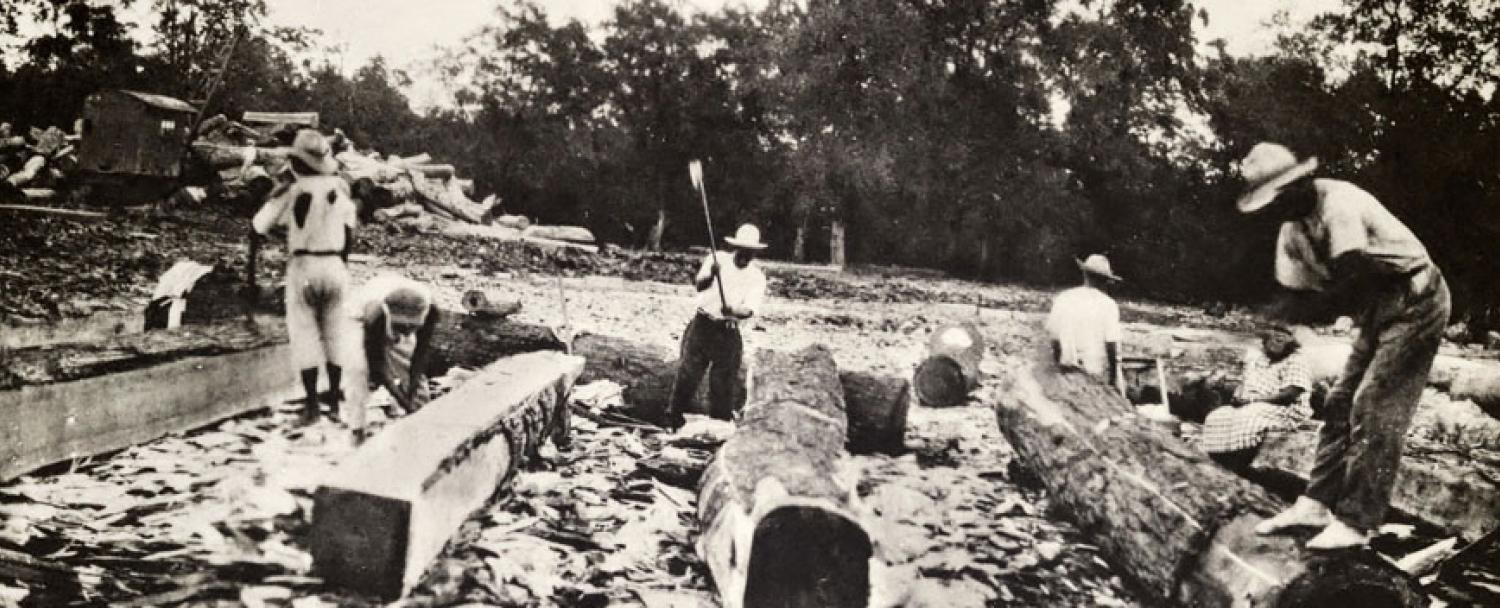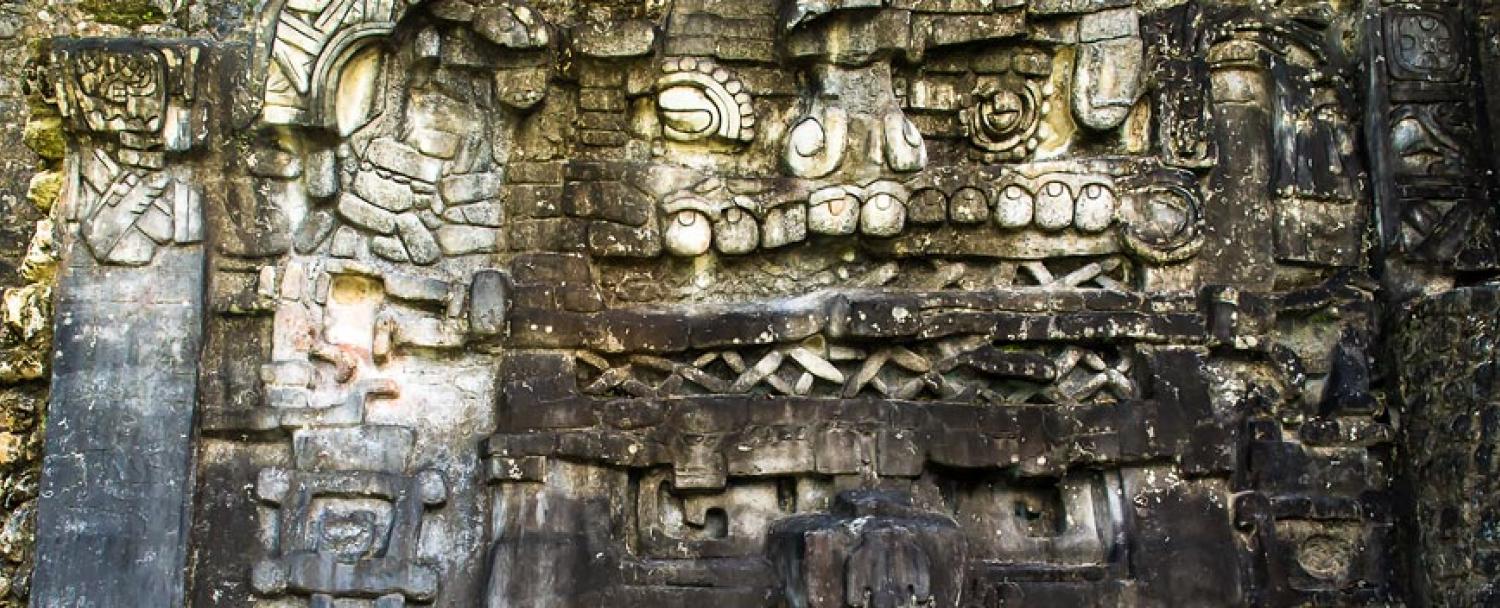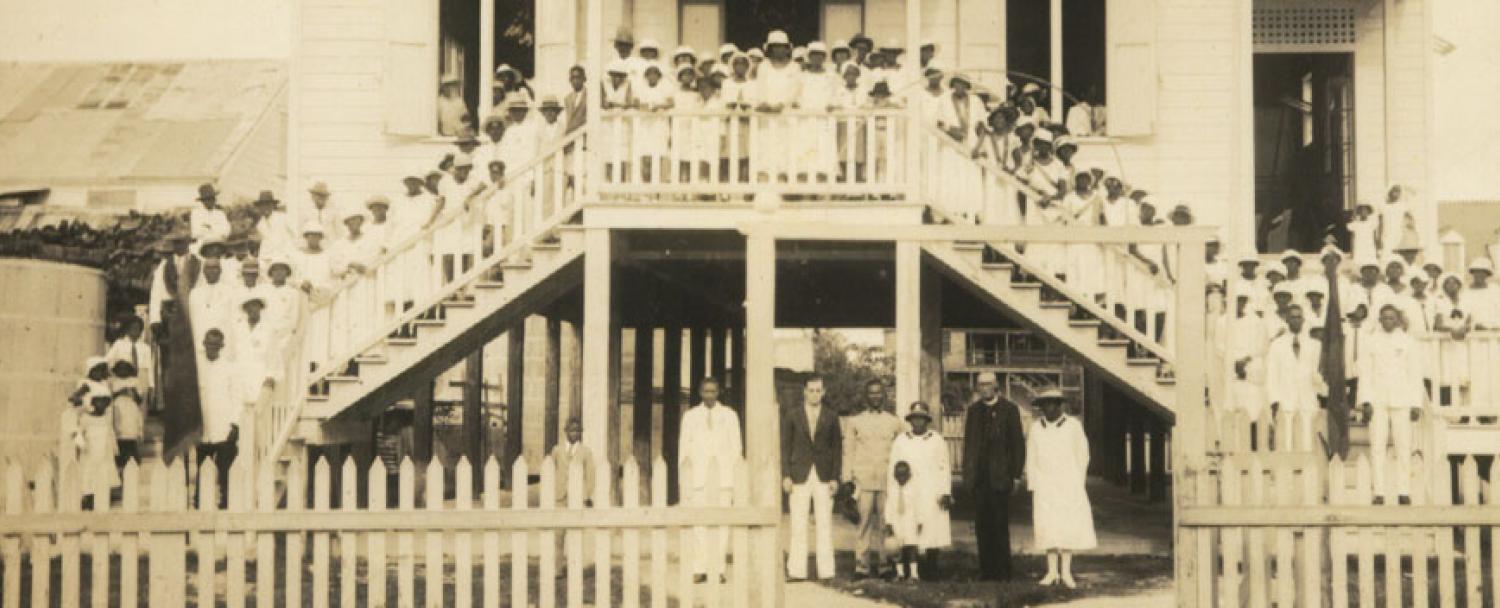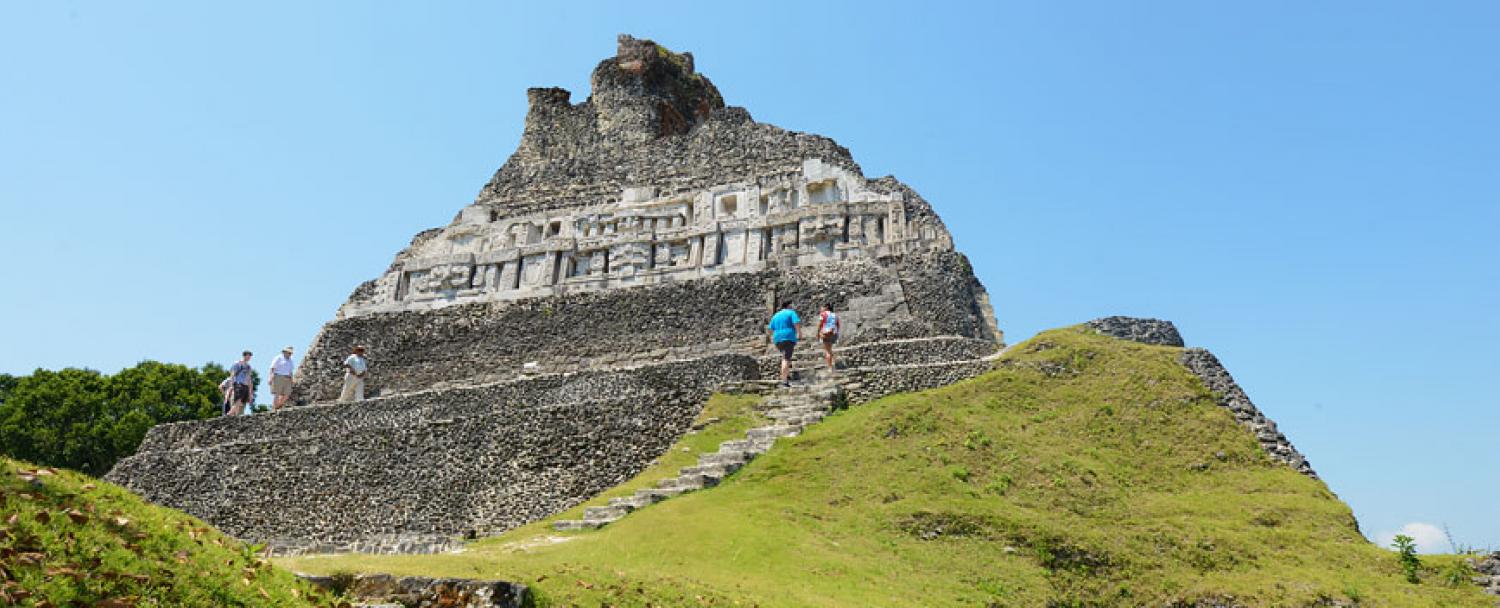Short History of Belize
Maya Civilization
Archaeologists estimate that at their peak, 1 to 2 million Mayans lived within the borders of present day Belize.
Mighty Maya cities such as Caracol, Xunantunich and Lamanai dotted the landscape, with small agricultural communities farming the land between.
The Maya civilization is divided into the Pre-Classic (1000 BC to AD 300), the Classic (AD 300 to 900) when the civilization reached its height of development, and the Post-Classic (AD 1000 to 1500) when the civilization fell apart and disappeared.
No one knows for certain what caused the disappearance of the Maya. Perhaps it was war, loss of faith, famine, or a series of natural disasters.
European Presence
Christopher Columbus sailed along the coast of Central America in 1502, and named the Bay of Honduras which borders the southern part of the barrier reef.
The first settlers in Belize were English Puritans, setting up trading posts along the coast of Belize.
Various bands of ship-wrecked sailors, buccaneers, and pirates established permanent bases in Belize, harassing the Spanish galleons carrying gold, silver, and hardwoods from Central America to Europe.
It wasn't long before logging became the dominant occupation.
This band of rugged individuals took to calling themselves "Baymen" after the Bay of Honduras.
Spain continually attempted to expel these British buccaneers from then Spanish territory, but finally signed treaties in 1763 and 1786 allowing the British to continue to harvest timber in exchange for protection against pirates preying on the Spanish galleons.
The Colonial Period
During the 1840's, Great Britain declared Belize to be the colony of British Honduras.
Development of Belize became more organized and multiethnic through a series of cultural changes.
The European settlers began to marry freed slaves forming the Creole majority that still is dominant in the population.
Mexican citizens began cultivating small farms in Northern Belize.
In Southern Belize, the Kekchi and Mopan Maya sought refuge in the hills of the Maya Mountains.
A small band of Confederate Civil War veterans settled in what is now Punta Gorda.
And from the Bay Islands of Honduras, the Garifuna people migrated and settled along the coast of Belize.
Early Twentieth Century to Present
By the early 1900's, Belize had grown to nearly 40,000 inhabitants. But a destructive 1931 hurricane destroyed Belize City and by the 1930's, the economy was so poor that the residents began to call for independence.
By 1954 voting rights were extended to all adults, and by 1961, England agreed to begin the process of setting Belize free.
In 1973, the colony's name was changed from British Honduras to Belize and on September 21, 1981, Belize's Independence was declared.
















